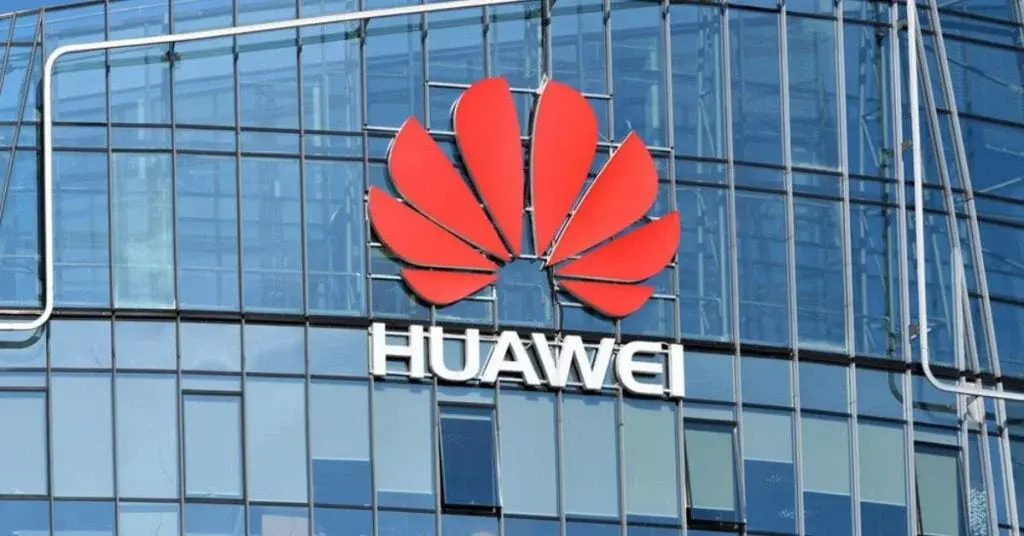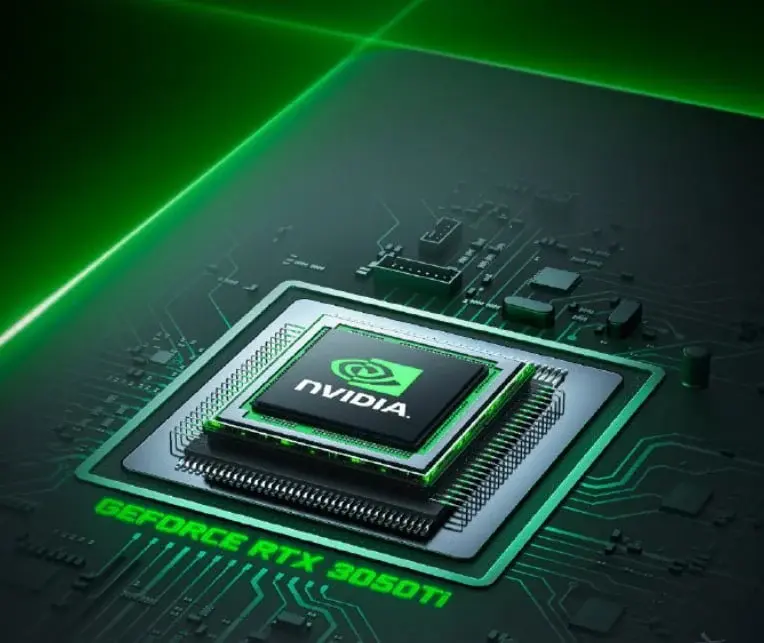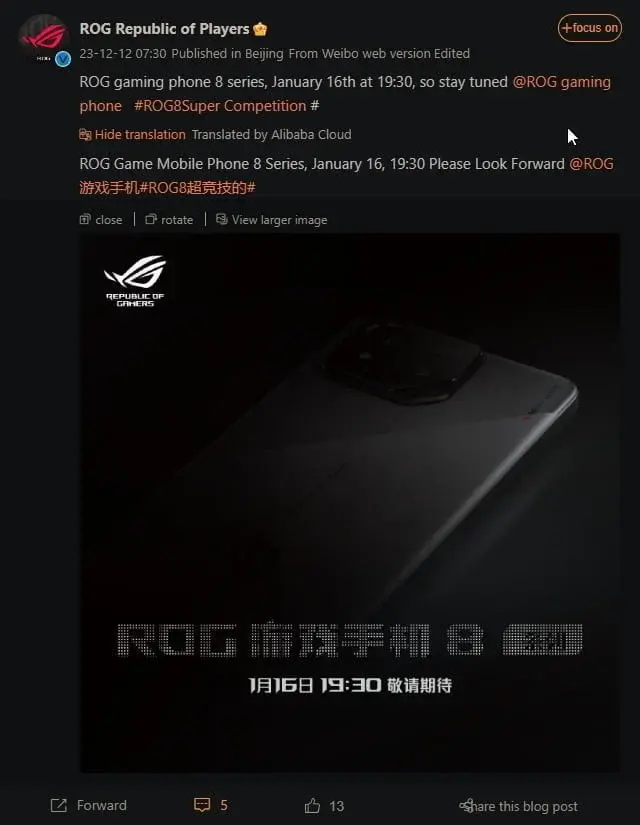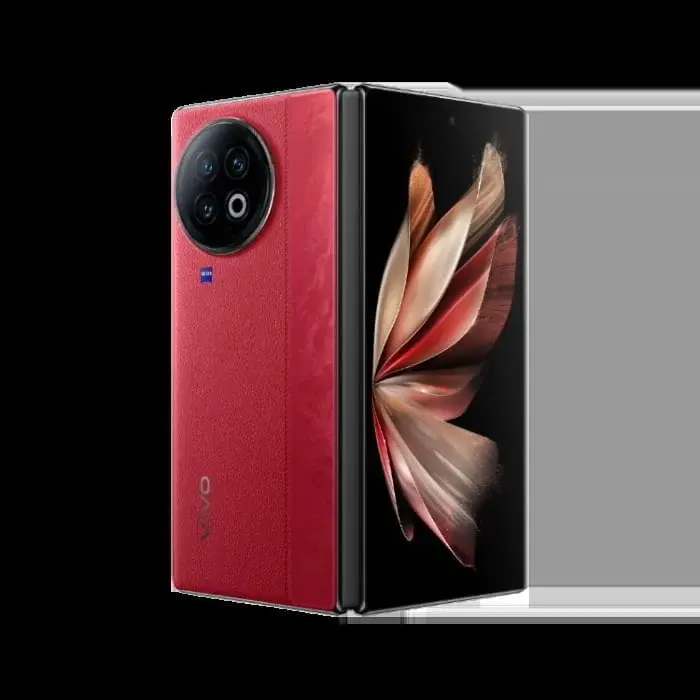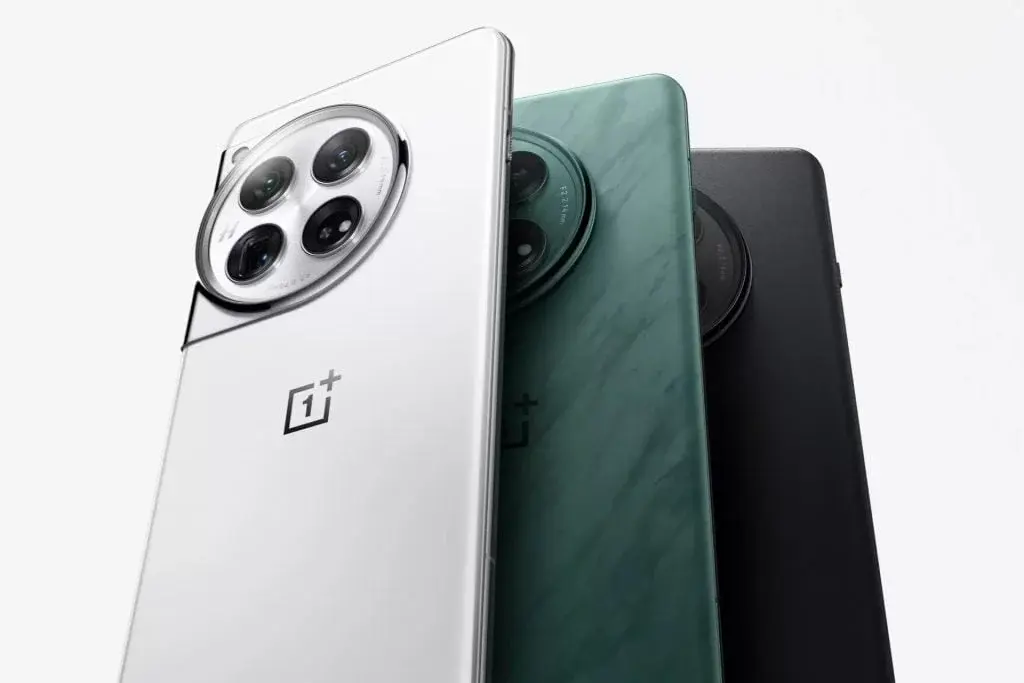Huawei Considering IPO as Potential Strategy for Growth
Huawei, the renowned Chinese tech giant, may be changing its stance on going public and considering an initial public offering (IPO). Despite CEO Ren Zhengfei’s previous assertions against an IPO, a new report by Reuters suggests that Huawei could be open to the idea if it aligns with China’s national interests and attracts valuable investment capital.
Challenges and Resilience
In recent years, Huawei has faced significant challenges, particularly due to the US sanctions imposed on the company. However, Huawei has displayed remarkable resilience, overcoming these obstacles by developing its own Kirin 9000s series chipsets and successfully launching 5G smartphones. Despite the restrictions, Huawei continues to defy the odds, as evidenced by its recent announcement of the Qingyun L540 laptop powered by the Kirin 9006C, a 5nm chip.
Impact of Foreign Restrictions
Despite Huawei’s impressive technological advancements, the impact of foreign restrictions on the company’s growth cannot be ignored. In 2022, Huawei’s profit margin dropped to 7%, resulting in a net profit of only $5.1 billion. However, Huawei’s strong brand reputation and technological prowess still position the company for high market valuation.
Valuation Potential
According to Reuters, Huawei could potentially be valued at $128 billion, based on a similar price-to-earnings ratio as Apple. However, some experts, such as Ni Guangnan, the former chief technology officer of Lenovo, suggest that Huawei’s valuation could be even higher, possibly reaching $1.3 trillion.
Crucial Role of Chinese Investors
Chinese investors could play a crucial role in propelling Huawei’s growth, as seen in the success story of SMIC, a chipmaker that thrived after a Shanghai IPO following its delisting from the US. By raising capital through public markets, Huawei could potentially accelerate its development and regain lost ground in the global tech race. The involvement of Chinese investors would be instrumental in achieving this goal.
A Significant Shift
While Huawei’s IPO plans are yet to materialize, the mere possibility marks a significant shift for the company. Previously prioritizing societal ideals over going public, Huawei now seems open to the idea if it aligns with China’s national interests and can drive valuable investment capital. Only time will reveal if Huawei ultimately decides to pursue an IPO, but the potential implications are undoubtedly noteworthy.
Pricing and Specification Details:
- Huawei’s profit margin in 2022: 7%
- Huawei’s net profit in 2022: $5.1 billion
- Potential valuation of Huawei: $128 billion (based on a similar price-to-earnings ratio as Apple)
- Expert suggestion for Huawei’s valuation: $1.3 trillion

